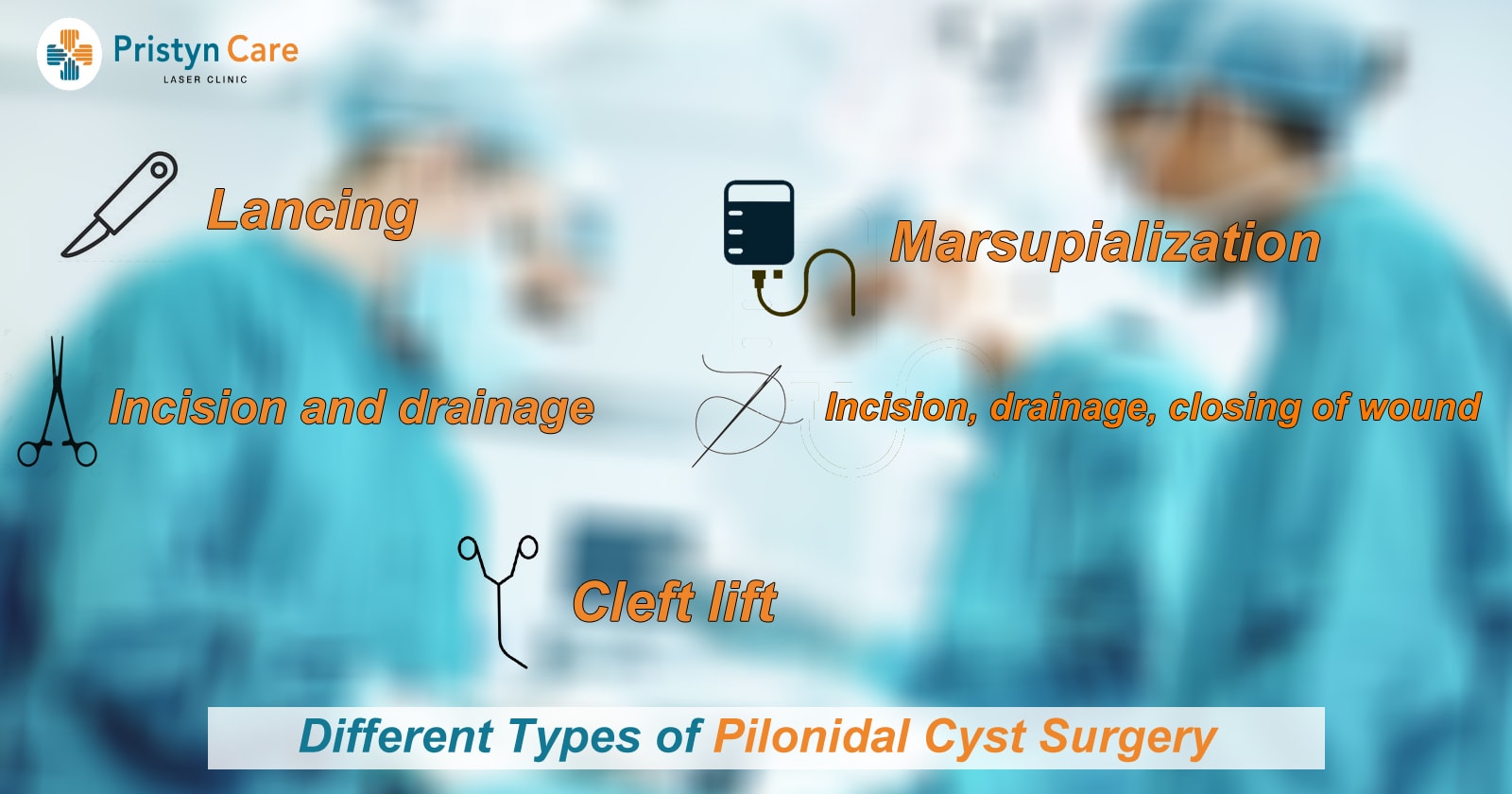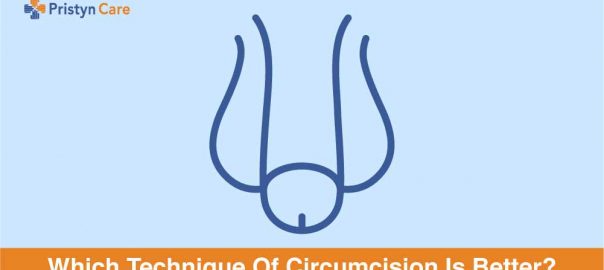![]() Views: 6,026
Views: 6,026
Different Types of Pilonidal Cyst Surgery
A pilonidal cyst is a sac-like structure in the skin that generally develops in the crease between the buttocks. If the cyst gets an infection, normally, drain it to treat the infection and avoid the pressure that causes pain. You can remove pilonidal cyst through various methods to speed up its healing process. (Also Read: How Does Pilonidal Sinus Start? How To Cure Pilonidal Sinus? ).
Dedicated Support at Every Step!
Our Doctors are available 24 hours a day, 7 days a week to help you!
A pilonidal cyst is a sac-like structure in the skin that generally develops in the crease between the buttocks. If the cyst gets an infection, normally, drain it to treat the infection and avoid the pressure that causes pain. You can remove pilonidal cyst through various methods to speed up its healing process. (Also Read: How Does Pilonidal Sinus Start? How To Cure Pilonidal Sinus? )
Table of Contents
Symptoms of Pilonidal Cyst
- Pain, swelling and redness near the anal region
- Draining of pus or blood
- Foul smell from the pus
- Tenderness in that area
- Fever
No Cost EMI, Hassle-free Insurance Approval
Causes of Pilonidal Cyst
It is due to the group of hair trapped in the pores of the skin in the upper cleft of the buttock, forming an abscess. Risk factors for pilonidal cysts include being male, leading a sedentary lifestyle, thick body hair, family history of pilonidal cyst, obesity, and previous pilonidal cysts.
Surgery Options
Sometimes your doctor may recommend the complete removal of pilonidal cyst to avoid its filling up with infectious material again.
Here are some of the surgical options to remove pilonidal cyst:
Lancing
Lancing is a minor surgical method to treat pilonidal cyst. This procedure releases pus and pressure from the area that is affected by the cyst. It is done by making a small incision into the abscess, allowing the pus and other remains to drain out of the cyst. Once, the liquid drains out of the cyst completely, the cyst is then packed with sterile gauze.
Incision and drainage
Incision and drainage is a minor surgical procedure to remove the pilonidal cyst where there is no closure to the wounds. This allows the release of pus and pressure from the skin and let it heal on its own. The complete recovery after incision and drainage normally takes about two months.
Incision, drainage, the closing of the wound
In this procedure of treating pilonidal cyst, the surgeon closes the wound after draining of the cyst.
Marsupialization
this treatment of Pilonidal cyst came into existence in 1937. Marsupialization is a surgical procedure by which your doctor will cut a slit into the abscess or cyst. The doctors sutures the edges of the slit around the cyst to make a continuous surface.
Sutures are carried out from the outer surface to the inner surface of the cyst. This will leave the wound open and allow it to drain freely. The recovery after marsupialization takes more than a month. The patient may face pain and discomfort during the recovery period.
Cleft lift or cleft closure
Developed by Dr. John Bascom, cleft lifting normally takes place if a pilonidal cyst fails to heal. Cleft lift is a lesser complicated method than all the above-mentioned methods. This method involves the removal of tissue which is more extensive than it appears on the surface.
Laser Treatments for pilonidal cyst
Last but not least, laser treatment is the most effective to treat pilonidal cyst without incision and scar. Being the minimally invasive treatment, it is most preferable by the patients as they can go back to routine activity quickly. Laser-based treatment is minimally invasive and doctors perform it as a daycare procedure. Also, there is no blood loss in laser treatment for pilonidal cyst. All these factors of laser treatment make it the safest procedure for the patient. The patient recovers fully in just 3-5 days of the procedure and can lead to a better quality of life.

Take Away
Laser treatment for pilonidal cyst is the best treatment. Moreover, Pristyn Care provides a seamless and hassle-free experience for patients suffering from this unbearable problem. Advantages of laser surgery from Pristyn Care are:
- Minimally invasive procedure
- Day procedure
- Quick recovery
- Insurance covered
- No cost EMI
- Pick drop facility for the patient
- No recurrence of pilonidal cyst
- No post-surgery complications
Also Read:
*Disclaimer: The content is written and reviewed as per the expertise and knowledge of the author and reviewer. For a final call related to ailment, we highly recommend people to Consult with a Specialized Doctor and take necessary decisions as per the Doctor’s suggestions.














